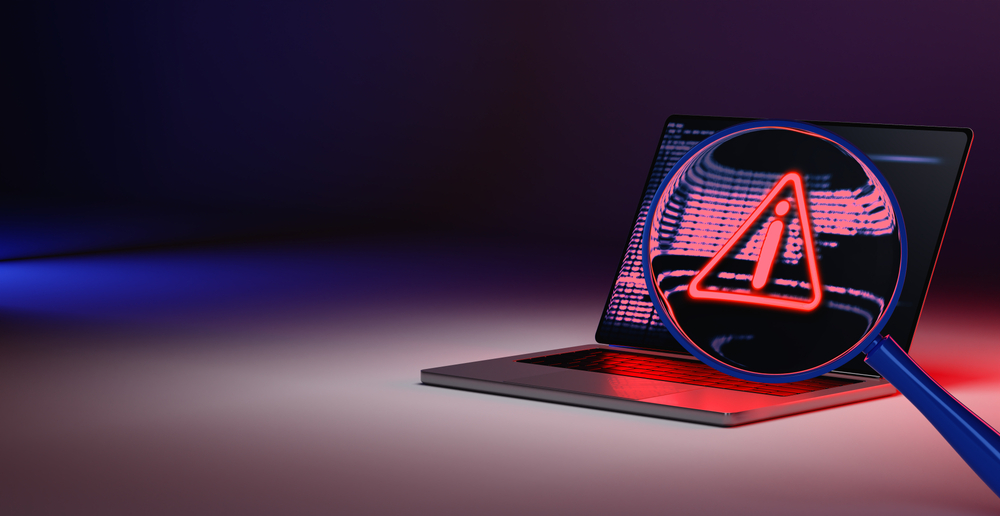How Penetration Testing Is Changing To Address Emerging Cybersecurity Threats
Digital solutions are evolving at a breakneck speed. Unfortunately, sophisticated cyberthreats are evolving in tandem — often faster than prevention solutions. As known vulnerabilities emerge, penetration testing becomes a crucial tool in a proactive cybersecurity strategy.
Today’s penetration tests have progressed beyond simulating cyberattacks to assess system security. Robust testing now reflects greater complexity and adaptability, which are essential for tackling modern cyberthreats. This refined approach for pen testing is not only a strategic defense tactic but also a growing necessity to safeguard against the latest threats.
The evolution of cybersecurity threats
Complex cyberattacks have been developed in recent years, including advanced persistent threats (APTs), zero-day attacks, and ransomware. These new-age threats are more advanced and covert in their execution, making them harder to detect and mitigate.
Technologies like the internet of things (IoT), cloud computing, and artificial intelligence (AI) have further complicated cybersecurity. While incredibly beneficial, these technologies have expanded the attack surface and broadened network edges, giving malicious actors new avenues to exploit.
The developments in technology have necessitated a shift in how cybersecurity threats are addressed, with a focus on more dynamic and adaptive pen testing. While classic penetration tests gauge cybersecurity gaps, simulate attacks, and identify infrastructure faults, new-age pen testing takes preparedness a step further.

Innovations in penetration testing
In response to evolving cybersecurity concerns, penetration testing has undergone significant advancements. Today’s pen tests offer more opportunities to detect, simulate, prevent, and understand threats in new and creative ways.
AI/automated pen tests
One of the most notable innovations in cybersecurity is the adoption of automated penetration testing tools and AI-driven solutions. These technologies leverage critical levels of speed, efficiency, and thoroughness, allowing for the identification of vulnerabilities in real time — and the simulation of complex cyberattack scenarios. By harnessing AI, penetration tests can now predict potential attack pathways and identify vulnerabilities human testers might miss.
Purple teaming
In traditional pen testing, red and blue team simulations are common, collaborative ways to detect exploits. Next-gen testing relies more on “purple teaming.” This approach merges the offensive tactics of red teams with the defensive strategies of blue teams for a more comprehensive understanding of security weaknesses and responses. It fosters a culture of continuous learning and adaptation.
White hat hacking
The cybersecurity field has seen an uptick in ethical hacking, with many organizations offering rewards, employment, and training for ethical hackers. The intent is to equip cybersecurity teams with testers who think outside the box, using tactics and techniques of advanced threat actors. White hats are increasingly on the front lines, creating pen tests that are as realistic and challenging as possible.
Customized testing environments
Customizing penetration testing methodologies to fit specific industry or sector needs is also gaining steam. This tailoring ensures pen tests are relevant and effective while addressing the unique threat landscape and vulnerabilities of each sector. Customization is particularly common in the healthcare, financial, and manufacturing sectors.

Integrating technologies into penetration testing
Although many new-age pen testing strategies are available, they are only as good as your ability to integrate them successfully. An effective integration often requires taking a step back and examining the technologies that enable them:
- AI/ML: Artificial intelligence and machine learning (ML) are now being employed to predict and simulate cyberattacks more accurately. AI algorithms can analyze vast amounts of data to recognize patterns and predict potential vulnerabilities.
- Blockchain: Blockchain’s application in cybersecurity provides a secure and tamper-proof method for logging and tracking activities during penetration tests. It not only enhances the integrity and reliability of the testing process but also improves forensic capabilities, allowing for a detailed analysis of breach attempts and security incidents.
- IoT: For many organizations, cybersecurity (along with pen testing) starts at the edge. The increasing prevalence of internet of things (IoT) devices and smart technology in personal and professional spaces has necessitated their inclusion in penetration testing scenarios. Testing these devices is critical, as they often represent vulnerable points in a network.
Cybersecurity must be proactive
Preventing ever-emerging cyberthreats requires being flexible, agile, and versatile in where, how, and when you probe for vulnerabilities — and to what extent you qualify those vulnerabilities. Incorporating intelligent solutions, sophisticated approaches, and broad expertise into a robust pen-testing strategy is the only way to stave off malicious intent.
about author
Learn more about omnichannel communication strategies for your company’s virtual workforce at nccdata.com.





